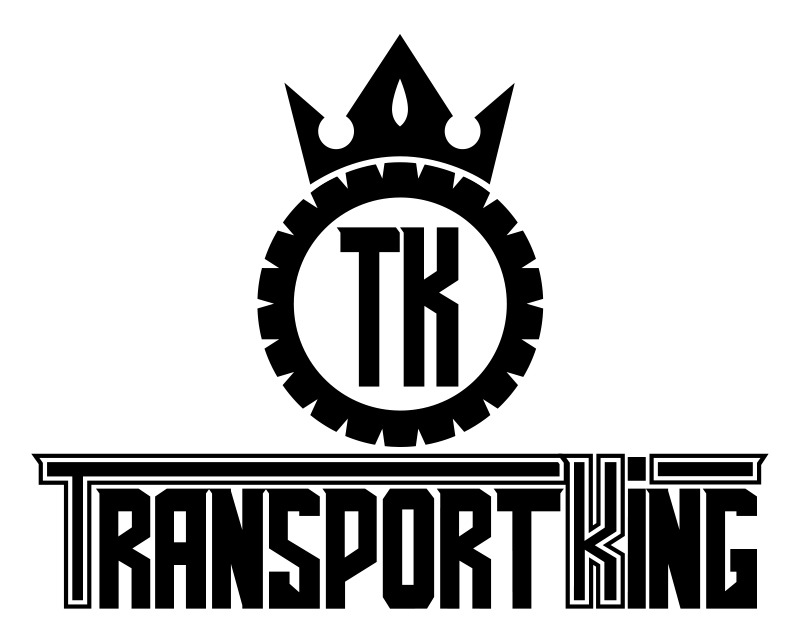
2018 Jeep Grand Cherokee Trackhawk: Powerful and preposterous
Jeep Trackhawk 2018 en NYIAS from autoproyecto on Vimeo.
For the 2018 model year Jeep has introduced a 707-horsepower version of its Grand Cherokee Trailhawk.
Called the Trackhawk, it answers a question no one ever asked: What would it be like to cross a Jeep trailhopper with a Dodge muscle car?
Imagine the pitch at parent company Fiat Chrysler HQ:
“Boss, what if we put a Hellcat engine in a Cherokee — just because, you know, we can?”
The result is a mild-mannered, off-road-ready Jeep, smirking slightly because it has a secret.
Under the hood is the same supercharged power plant FCA puts in its insanely fast Dodge Challenger and Charger SRT Hellcats.
This is big Detroit beef at its baddest — a massive 6.2-liter V-8 growler that makes 707 horsepower and 645 pound-feet of torque. In a Jeep.
That’s like a Vespa overdosing on Viagra, or a Harley big twin in a tricycle.
With the enormous engine mated to an 8-speed automatic transmission, with steering wheel-mounted paddle shifters, and assisted by Brembo brake calipers and a special Bilstein competition suspension system, there’s plenty of “track” in Trackhawk.
The beast is reputed to get from zero to 60 miles per hour in a snappy 3.5 seconds, making it among the quickest gas-powered sport utility vehicles ever offered. (Tesla’s battery-powered Model X, tested at 2.8 seconds, appears to wear the quickest SUV crown.)
I wasn’t able to get the Trackhawk to the track, but I did sport it around town, up some canyon roads and onto the freeway. It’s wicked fast, and makes dramatic exhaust notes, even in standard driving mode. In sport mode, these are positively unnerving. In track mode — I didn’t dare test that, for fear of losing my license.
I did take advantage of a large, empty parking lot to use the launch control feature — but didn’t leave much rubber on the pavement thanks to the 4X4 tire grip — and I experimented a bit with the “custom” setting that allows the driver to make adjustments to how much horsepower and torque are applied with the gas pedal mashed into the floor.
Despite the track-ready power plant and the beefed up suspension, the Trackhawk doesn’t handle like a track car on the road. It’s easy to drive, but it leans a little to the outside on tight turns, and doesn’t inspire a lot of high-speed cornering confidence.
But it does inspire adequate off-road confidence. Some time back we reviewed the Grand Cherokee Trailhawk, with which the Trackhawk shares some basic architecture, and this Jeep felt similarly sure-footed.
Though I didn’t put the Trackhawk through its Moab paces, I did roll along a rutted dirt road or two, and found the suspension more than up to the job of keeping the Trackhawk steady and on track.
On the inside, the Trackhawk is a very comfortable car.
The seats are leather clad, and highly adjustable, and come standard with heating and ventilation. The driver seat slides down and back automatically when the ignition is turned off, to allow for easy entrance and exit, and uses “memory” to return to its proper setting once the engine is on.
The rear seats are heated, too, and offer adequate headroom and legroom, and are equipped with back-seat-driver video screens to keep the passengers entertained.
Those seats split in the traditional 60-40 manner, and fold down to expand the cargo area.
On the road, the Trackhawk sits high like an SUV but rides more quietly than most SUVs, with little wind noise and road noise despite the massive 20-inch wheels that are standard on this car.
The car is Apple CarPlay- and Android-ready, and comes standard with FCA’s Uconnect system. It delivers information and entertainment choices via an 8.4-inch display screen.
Like other top-of-the-line FCA vehicles, the Trackhawk also comes standard with an impressive suite of safety features, including a very good adaptive cruise control, advanced brake assist, rear cross-traffic detection and more.
The car’s very good visibility is increased by a good back-up camera and by the addition of parallel and perpendicular park assist technology. This relatively big Jeep drives and parks, as a result, like a smaller car.
But it doesn’t burn fuel like one. The big Hellcat engine requires a lot of juice. The Environmental Protection Agency put the combined fuel economy at 13 miles per gallon. Put another way, that means the Trackhawk requires about 7.7 gallons of fuel per every 100 driving miles. Put yet another, the EPA estimates an annual fuel cost of $3,250, and an average of almost $10,000 more in fuel costs, over five years, than the average new vehicle.
Perhaps the greatest use for this vehicle would be a stop sign showdown: Remove the Trackhawk badge, pull up next to a Porsche, and peel out. The Trackhawk wouldn’t win, but it would unnerve the Porsche owner plenty.
2018 Jeep Grand Cherokee Trackhawk
Times’ take: A mouse that roars
Highs: Furiously powerful engine on a tame frame
Lows: It’s fast, but … it’s still a Jeep
Vehicle type: Four-door, five-passenger SUV
Base price: $86,995
Price as tested: $100,960
Powertrain: 6.2-liter, supercharged, V-8 gasoline engine
Transmission: 8-speed automatic
Horsepower: 707
Torque: 645 pound-feet
EPA fuel economy rating: 11 miles per gallon city / 17 highway / 13 combined
source:https://vimeo.com/214097378
source:http://www.latimes.com/business/autos/la-fi-hy-jeep-trackhawk-review-20180203-story.html

